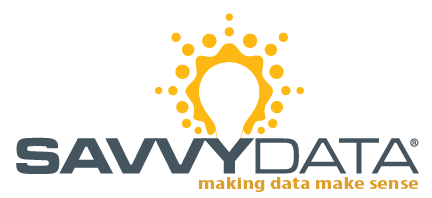|
|||
Month: October 2009
Redesigning Layouts to Embrace the New FMP10 Interface
This workshop provides hands-on opportunity to apply suggested tactics for embracing the new user interface. Whether you think it boon or bane, incorporating the modernized Status Toolbar (formerly Status Area) requires new thinking about layout design and user interaction options. Its re-location and newly available buttons and features change the rules, especially when upgrading existing solutions or in cross-version deployments.
Create Context-Aware Help Systems
Built-in or Bolt-on? Ideally, only the developer knows for sure. Bring your powered up laptop to this hands-on workshop and leave with a context-aware Help system integrated with one of your own FileMaker Pro solutions. The techniques presented are plug-in free and platform independent. Step-by-step you’ll develop a functioning Help system. As a bonus, you’ll also receive generic Help content for common user actions, such as finds and navigation.
The Art and Business of User Documentation
Producing good user documentation isn’t trivial — but it is one key deliverable that can dramatically enhance a developer’s professional image while improving the usefulness of the solution. Developers often consider solution documentation a drudgery — or worse, a time-consuming activity with little return on effort. This session convincingly explains why including documentation as a standard practice is an asset rather than a liability, and that it doesn’t need to be a huge resource drain if it is planned for and executed during the development process.

